87+ POINT
SPECIALTY coffees.
BUY NOW
Anyone who brews filter coffee at home particularly paper filtered has some level of expertise. Many will opt for using a pre-made brew recipe expecting one size fits all, which to some extent will produce a half decent cup of coffee. However for others, part of the excitement of drinking coffee is the experience in its entirety. From finding a great coffee to producing and perfecting a brew recipe to your very own high standards.
Speciality coffee is a very personal thing. Like any luxury commodity preferences can vary quite drastically from person to person. As much as I can rave about what makes our coffee specialty (which it well and truly is by the way), customers can still be particular about what they like. This is why providing the tools and ingredients for making great coffee is only one piece of the puzzle. The rest relies on recognizing what customers like and educating them on how to bring out the best of what they like, such as creating a super mega awesome brew recipe.
Step 1 – grab a bag of specialty coffee beans
Finding a coffee roaster and beans you like is a journey in itself. It takes time, expense, and for some involves trying bad coffee until you find something special. The old kiss a frog to find a prince conundrum. Our curated specialty coffee range is designed to save this time for you, but again it’s up to your preference too. For example, if you’re hooked on a dark roasted bitter coffee, you’re more than welcome to buy your beans elsewhere. I will happily pretend to think none the less of you…I joke.
Once you’re happy with the beans you’ve purchased, you can now begin the brewing stage to perfect your cup of coffee. It is worth adding that every coffee bean brews differently, regardless of the country, varietal, process and farm it was sourced from. In a perfect world a brew recipe would be tailored not just to the bean and harvest it was from, but cross checked by roast batch too.
Step 2 – find a base brew recipe
Similar to a science experiment in order to perfect a brew recipe a trial and error approach is the best course of action. Create an initial control recipe (base recipe) and tweak the variables within that control to see how it impacts the taste and flavour of the coffee.
Base recipes can be developed or copied, but for the sake of ease most roasters provide basic brew guides to get you started. Alternatively, feel free to take recipes from credible sources such as well known baristas or competition winning recipes. I mention credible because the base recipe needs to have some level of quality. You need to at least have a drinkable cup of coffee to begin with. This is on the assumption the beans are of a good quality and are true to what they say.
Step 3 – create a log sheet
Once you’ve found your initial base recipe…use it! You need to log how it performed with the most significant results being the flavour and taste in the cup. The more detail you have the better the chance of understanding all the variables in play. They are fundamentally what can be changed to impact the end coffee. At the most advanced level the recordings can be as extensive as the below.
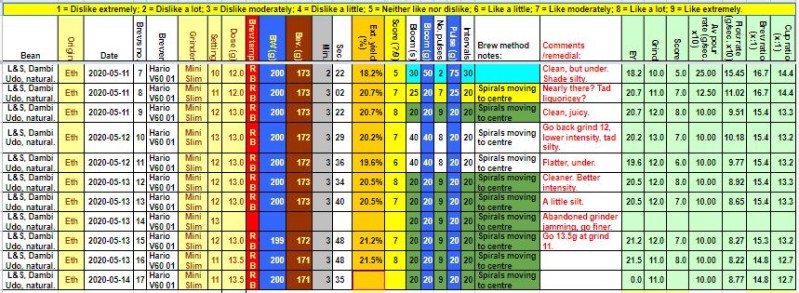
Step 4 – test, test, test
After you have your base recipe tested and logged you can now go about testing new recipes with adjusted variables to see how they impact. The variables are far and few between so try not to get lost here. Be sure to test variables individually to avoid convoluted results and try to adjust them in priority order as shown from left to right below.
| Fixed variables | Primary variables | Secondary variables |
| Coffee beans | Water | Number of pours |
| Brew equipment | Grind size | Volume of pours |
| Coffee to water ratio | Brew time | |
| Bloom time | ||
| Interval between pours | ||
| Water flow rate |
Fixed variables
Once the beans have been bought they are ultimately fixed ready for creating a recipe. In addition the equipment you use including the brewer, grinder, kettle, timer and scales is technically fixed in recipe preparation. The exception is if you’re testing the tools and if they’re upgrades.
Primary variables
The primary variables to focus on testing are the grind size, coffee to water ratio and water. Water is unique as it can be optimised to negate adjustment depending on your level. For the average drinker it can be fixed and improved drastically by using filtered water (i.e. bottled, Brita filtered or third wave water) to ensure a higher quality standard. More advanced coffee lovers will test water hardness, mineral content and PH levels as variables.
As a rule of thumb water should be brewed to its perfect 92-96 degrees as the tried and tested golden standard by the Speciality Coffee Association (SCA) and European Coffee Brewing Centre (ECBC). Most domestic kettles do this luckily.
Secondary variables
Once you are happy with setting primary variables you can move on to tweaking the secondary variables which are more process led. These can be broken into the amount of pours, volume of each pour, timed intervals, water flow rate and so on. Key parts of the brew can also be isolated and adjusted like the bloom (degassing process) that occurs during the initial water pour onto the grounds.
Be sure to note any observations and make any comments to help reference back. On top of this, do not forget to give each recipe an overall score. I would hate for you to lose track of the recipe winners and losers.
Step 4 – learn and adjust the recipe
Without understanding the results of each test you wont know how to adjust the coffee for better or worse. To ensure your test recipes are moving in the right direction you need to learn the science behind it. This is where extraction comes into play, which is ultimately the process of brewing coffee. Whereby coffee is extracted from the coffee grounds into the water, which can broadly result in your coffee falling into 1 of 3 categories as shown below.
UNDER EXTRACTED
Sour
Light body
Sharp
PERFECTLY EXTRACTED
Sweet
Medium body
Balanced
Complex
OVER EXTRACTED
Bitter
Heavy body
Flat
A simplistic terminology is that coffee is on a sliding scale from bitter to sour with an ideal sweet spot in between. To put this into context, let us look at grind size. The coarser the grind size the sharper and more sour the coffee will become (under extracted). Conversely, the finer the grind size the more bitter and flatter the coffee will become (over extracted). You need to be able to understand how extraction affects the other variables in the brew recipe. Whether known or unknown the testing provides the insight, which will be left for you to decipher.
As you become more acquainted and your understanding deepens so will what you look for. For example at a more advanced stage you may wish to look at Extraction yield (%), which is the percentage of coffee dissolved into the water.

Try to look at the variables comparatively as shown above to help produce a coffee profile for each recipe. As well as understanding the relationship between extraction and the variables in each recipe, don’t forget to look at them against each other to benchmark results in an inductive and deductive manner. You should be following the process below on repeat until you find that bombshell of a recipe.
Create recipe> Test recipe> Log recipe> Understand recipe> Adjust recipe
To avoid falling into a the doomed rabbit hole, be open minded when testing and learning. You’re not expected to know everything. Don’t blow a blood vessel studying the genetic make up of how coffee atoms and water particles clash in an infusion of molecular dystrophy. However, it is worth coming to grips with what coffee beans you are using. The roast level, from light through to dark will mostly decide how much acidity, sweetness and body the coffee will have.
Finally – Enjoy a well deserved coffee!
Hopefully by the end of this you’ll have found a brew recipe that makes a sublime cup of coffee. The brew recipe should not only produce a great coffee and give a great insight, but also promote self improvement into the art of brewing. From basic to pro over time you can perfect your craft and gain valuable knowledge. Better equipment is a natural progression alongside development of boss level skills, such as mastery of the spiral water pour onto the grounds to promote even extraction. However, above all else your biggest reward will be in knowing you’ve done everything possible to produce the best coffee possible.
This post is dedicated to the efforts of Mark (MWJB) for his much appreciated help testing a recipe for our Dambi coffee using a Hario Mini mill. In tribute, I offer you his brew recipe template with his prized Dambi V60 recipe at the top of the template or below should you be compelled to use it, which reminds me………….I COMPEL YOU!
Marks V60 Brew Recipe using a hario mini mill X L&S Dambi Coffee
1.Boil water using kettle. Weigh and grind 13.5g of coffee beans to the rough consistency of table salt (11 click grinder setting on Hario Mini Mill)
2.Place paper filter on top of V60 and rinse with heated water to preheat V60 and remove paper flavour.
3.Add coffee grounds to V60, place V60 onto cup and scales. Tare scales.
4.Start timer, add slowly and gently 20g of hot water to cover all the grounds for the bloom (degassing process).
5.At 0.20, add up to 40g of hot water using spiral pour moving to centre. Repeat 8 more times adding 20g of water every 20 seconds.
6. After 200g of water has been reached, wait for the water to completely drain through the V60.
7.Remove V60 from the cup and enjoy a splendid cup of coffee as shown below.
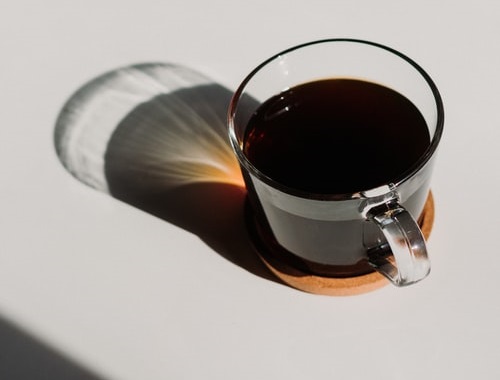



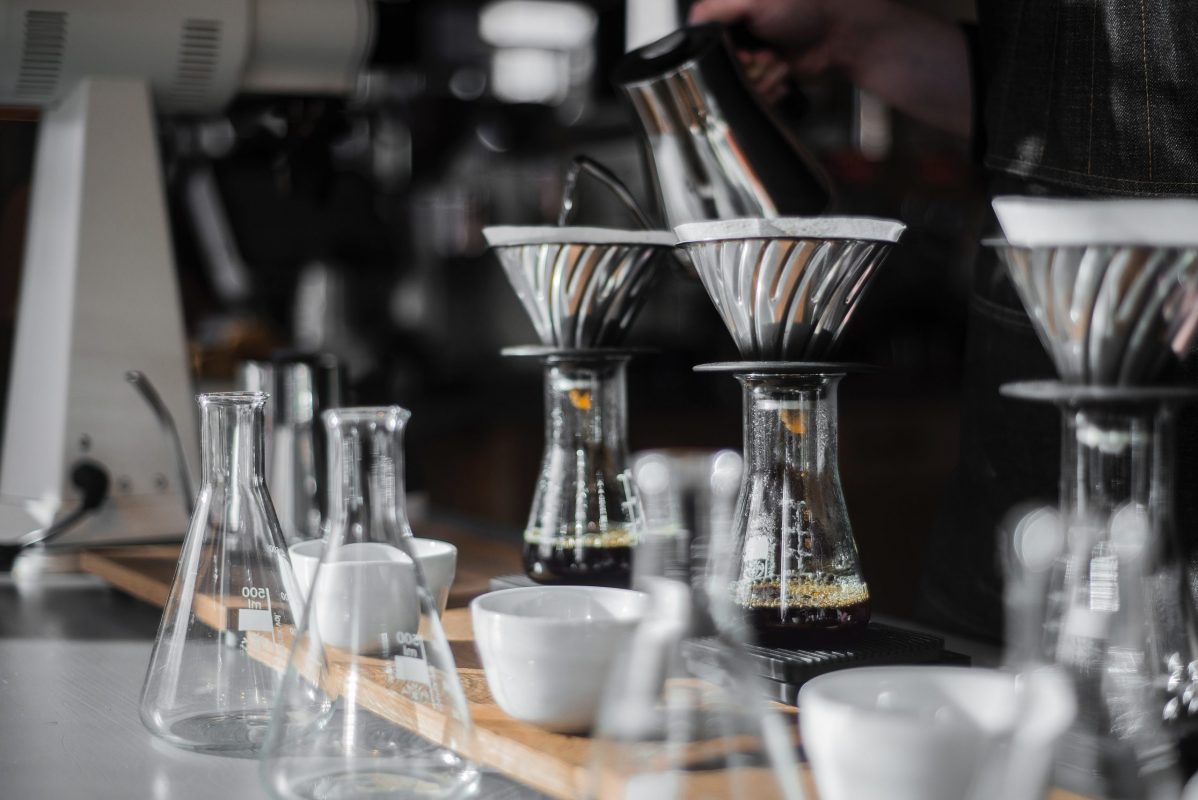
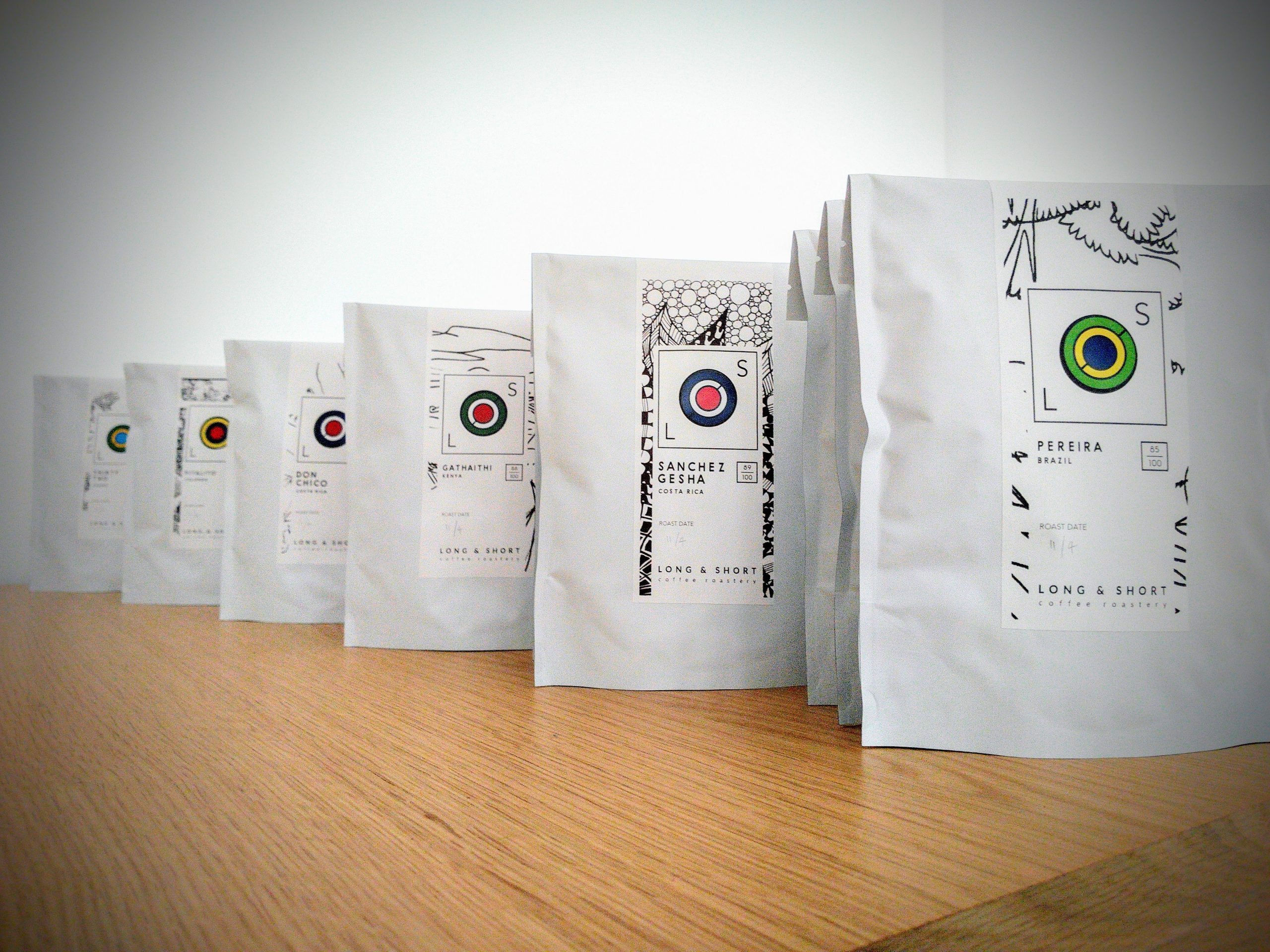
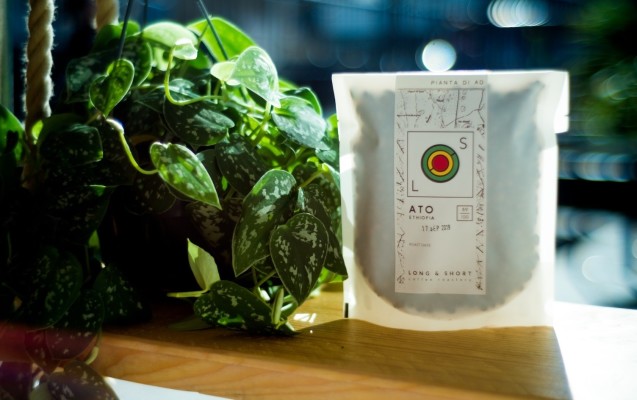
Thanks so much for the Brew Receipt Test Template. It is certainly an art to getting everything balanced just right. It is indeed a scientific equation in a lot of ways!! We offer insight into many things coffee-related, including brewing machines at https://gallacoffeeblog.co.uk/ for the love of coffee too. Raising a cup of fresh brew in honor of everything you do today. Cheers~~